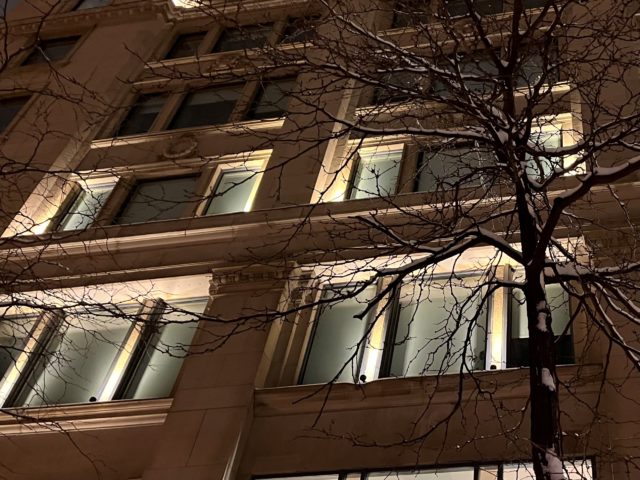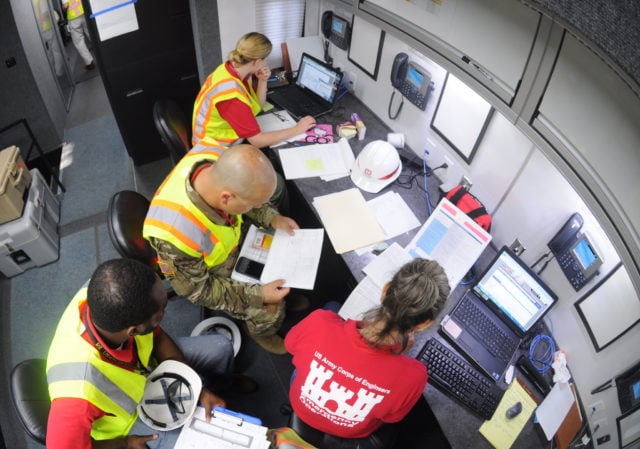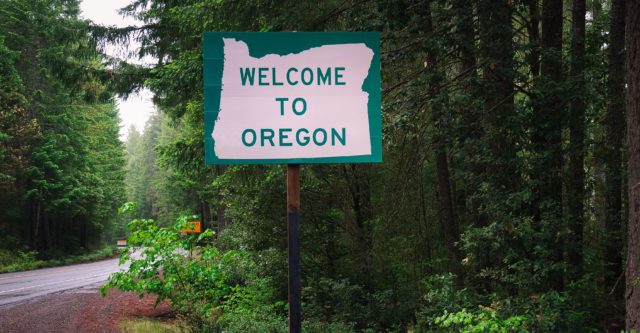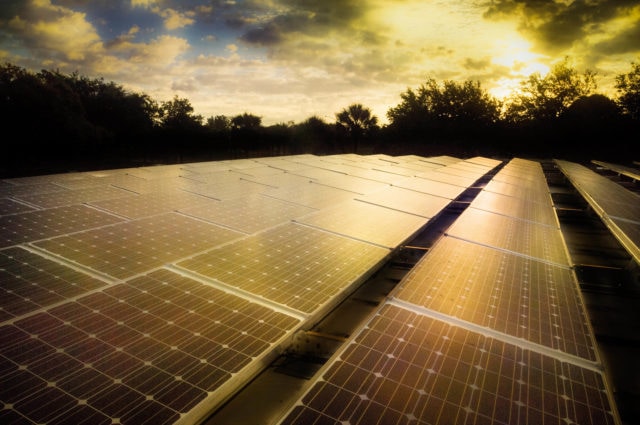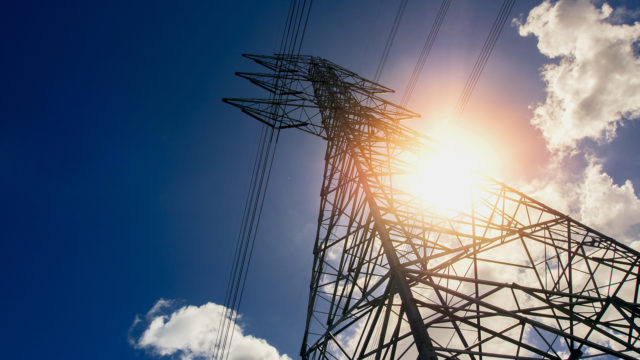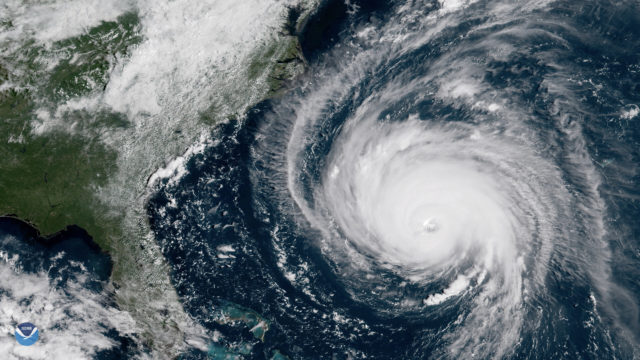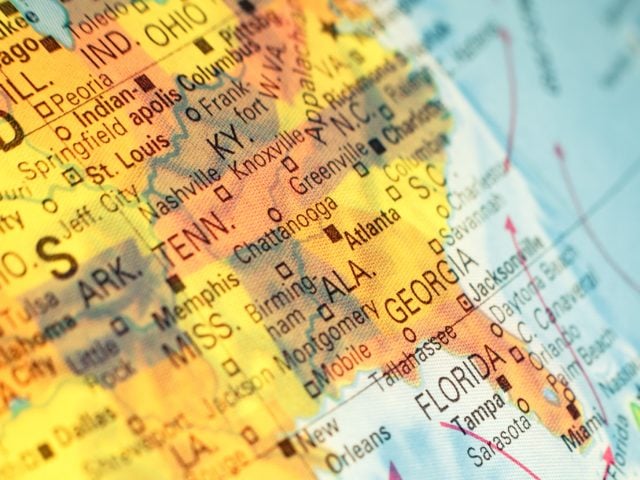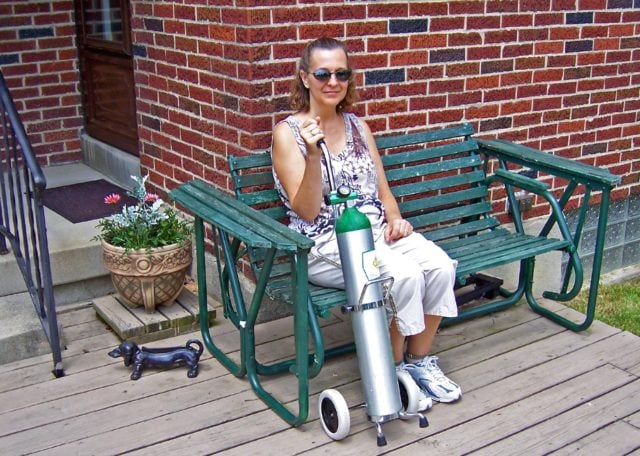Marriele Mango
Last week, the East Coast of the country suffered through another damaging round of power outages from another hurricane, this one Isaias
Wildfire and hurricane season is here and with it comes an influx of weather-related power outages. The health implications of power outages this summer are further compounded this year due to the COVID-19 pandemic.
As we evaluate and re-evaluate the undoubtedly substantial and lasting impacts COVID-19 will have on our work and the work of our partners across the country moving forward, it is more evident than ever that resilient power is a critical component to improving health outcomes in the event of a crisis like the world is currently experiencing.
In Oregon, resilient power is increasingly being recognized as an emergency preparedness and mitigation tool as state leaders and emergency managers prepare for the next Cascadia event, an anticipated magnitude 9.0 earthquake to occur along the Cascadia Subduction Zone fault line which stretches from Canada’s Vancouver Island to Northern California.
If you live in New Orleans, you know how often the electricity goes out. Advisers hired by the New Orleans City Council found that, between June 2016 and May 2017, there were a total of 2,599 outages and roughly half lasted two hours or more.
This month millions of people lost power in California. The blackouts were not due to a natural disaster, but rather the result of utilities, primarily Pacific Gas and Electric (PG&E), intentionally suspending power to hundreds of thousands of customer accounts in across California. Battery storage and solar PV could provide reliable backup power for those affected by the outages.
Despite not sustaining a direct hit, Hurricane Dorian still left parts of Florida flooded and over 170,000 people without power. In the past, a single extreme weather event has left hundreds of thousands of people in Florida without power, in some cases for more than a week.
Hurricane season is here, and South Carolina is no stranger to the devastating impacts that natural disasters and extreme weather can have on communities.
Southeastern utilities have made headlines recently with plans to incorporate battery storage at solar installations across their service territories. It turns out that the communities they serve could greatly benefit from installing solar+storage as well.
As more people opt to receive medical care at home, access to resilient emergency backup power will need to be prioritized and made more accessible, especially to low-income households.
- « Previous
- 1
- 2
- 3
- 4
- Next »





